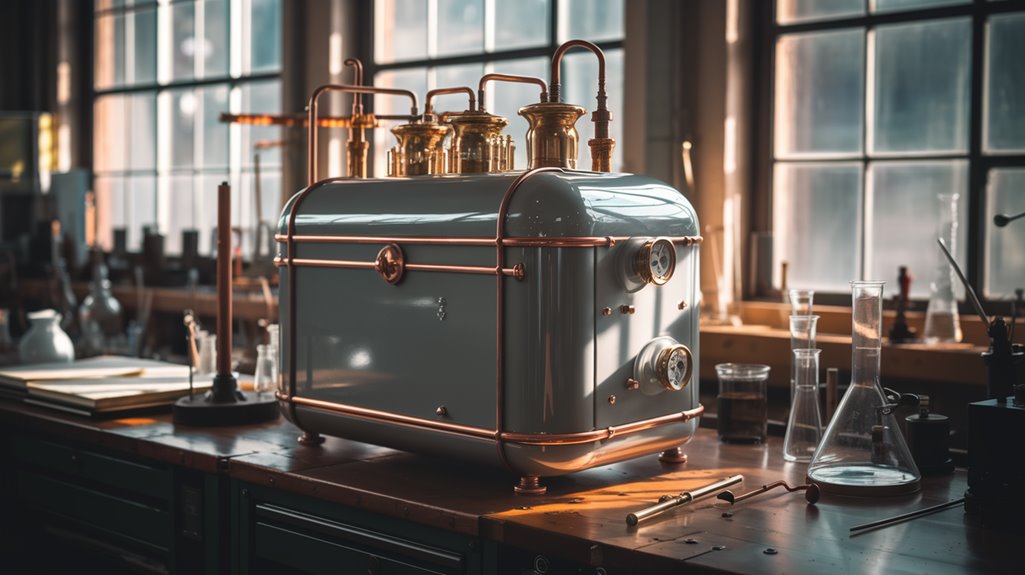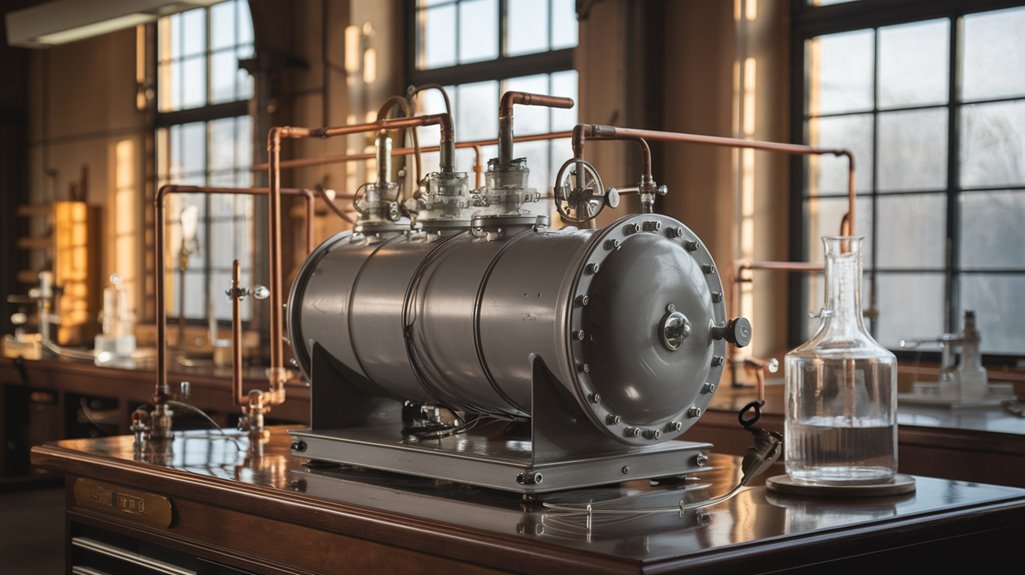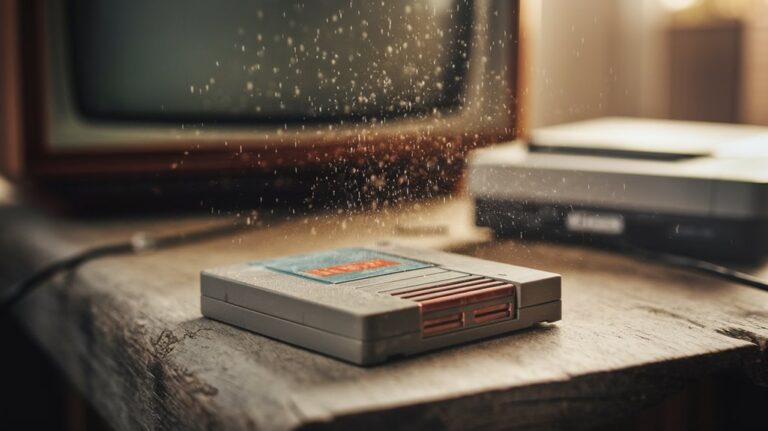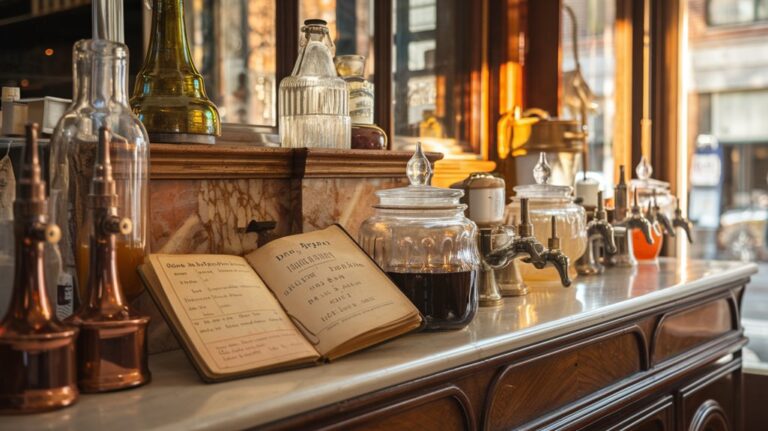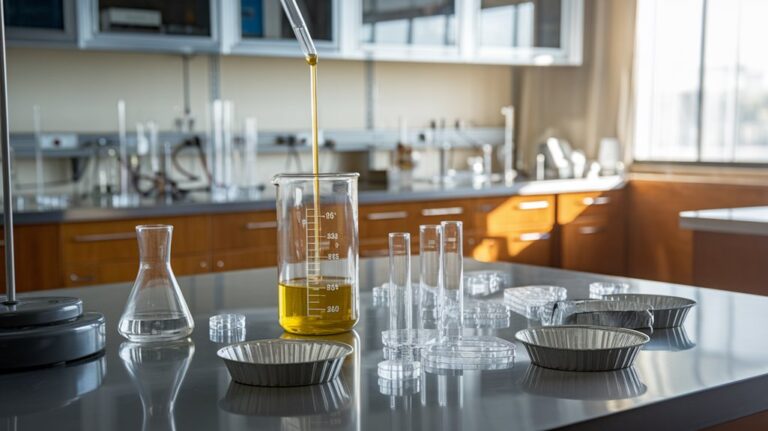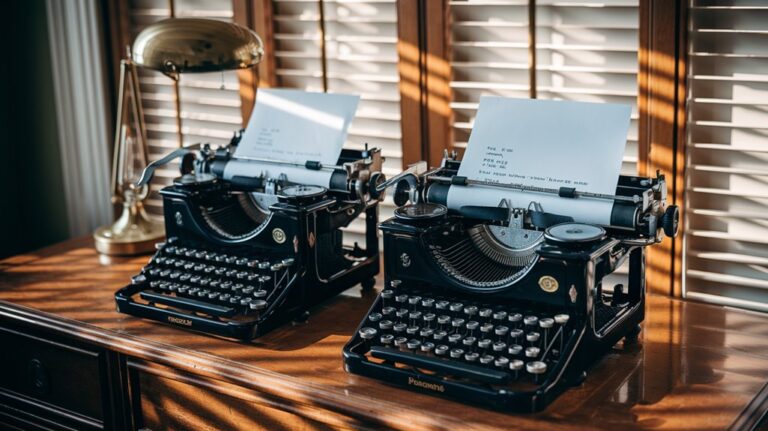Einstein’s Other Invention: A Safer, Greener Fridge
Like Edison's light bulb moment, Einstein's venture into refrigeration began with a pressing need to solve a deadly problem. You've probably never imagined the father of relativity tinkering with kitchen appliances, but that's exactly what he did in the 1920s. When a family in Berlin died from toxic refrigerator fumes, Einstein and his colleague Leo Szilárd set out to create something safer. What they developed wouldn't just save lives—it would change the future of cooling technology.
The Tragedy That Sparked Einstein's Innovation
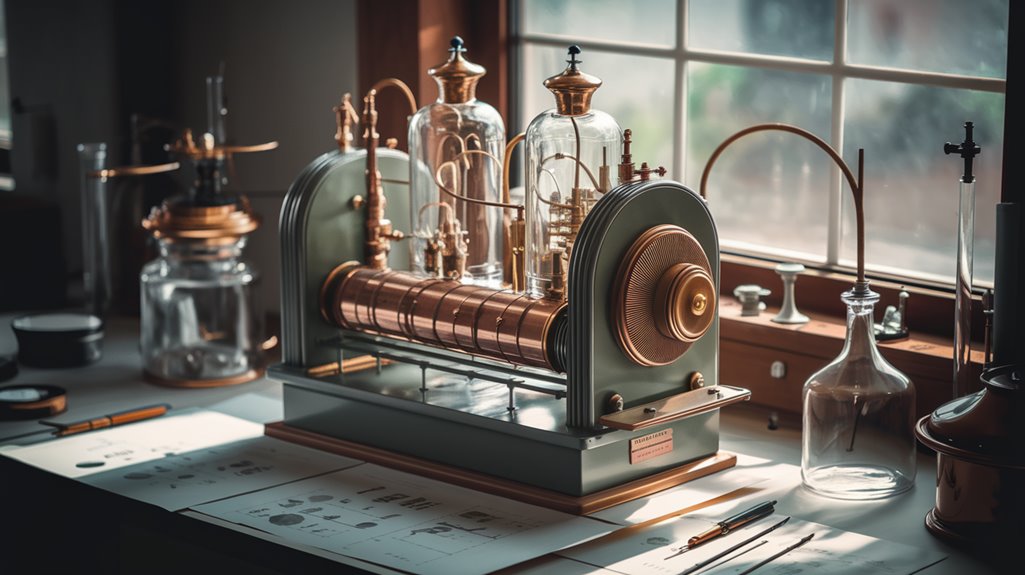
When a Berlin family tragically died from toxic refrigerator fumes in the mid-1920s, Albert Einstein and Leo Szilárd were spurred into action.
The tragedy's impact resonated deeply with both scientists, prompting them to develop safety innovations that would prevent similar incidents in the future.
You mightn't know that refrigerators of that era relied on dangerous chemicals like methyl chloride, ammonia, and sulfur dioxide.
These toxic refrigerants could leak from the system's moving parts and seals, creating potentially lethal situations.
Einstein and Szilárd began their collaboration in the winter of 1925-1926, focusing on creating a refrigerator without moving parts.
Their goal was simple but revolutionary: design a cooling system that wouldn't put families at risk of deadly chemical exposure.
Their innovative design was formally submitted as a patent on November 11, 1930.
Beyond Physics: Einstein and Szilárd's Cooling Vision
Although Einstein is best known for his groundbreaking work in physics, his collaboration with Szilárd on refrigeration technology reveals his practical engineering mindset. Their collaborative innovation focused on creating a safer alternative to toxic gas-leaking refrigerators by eliminating mechanical parts altogether. Their efforts led to an impressive 45 patents being filed across six countries.
You'll find their design remarkably forward-thinking for its time – it operates using only heat, making it a viable solution for areas without electricity. The system achieves a respectable 0.25 cooling coefficient while using minimal energy input.
What's particularly striking is how their sustainable technology aligns with modern environmental concerns. While their invention didn't succeed commercially in the 1930s due to the Great Depression and Freon's introduction, it's gaining renewed attention today.
Oxford University's 2008 study and ongoing research demonstrate that Einstein and Szilárd's vision of safer, greener cooling solutions remains relevant in our quest for eco-friendly alternatives.
How the Einstein-Szilárd Fridge Works
Three key principles drive Einstein and Szilárd's revolutionary refrigerator design: phase change, latent heat, and absorption refrigeration.
You'll find a system that operates without mechanical parts, using only heat to power the cooling cycle.
The process relies on three working fluids: water, ammonia, and butane. When you heat the generator containing an ammonia-water solution, it initiates a chain of reactions.
Moist ammonia gas moves through the system, while heat absorption occurs in the evaporator as butane changes from liquid to gas. The water then absorbs ammonia gas in the condenser, creating pressure changes that help butane condense back to liquid.
What's remarkable is that you don't need moving parts – just a heat source to maintain constant pressure throughout this innovative cycle. The design's hermetically sealed system eliminated the risk of toxic gas leaks that plagued earlier refrigerators of the 1920s.
A Century-Long Legacy of Durability
Since its invention in 1930, the Einstein-Szilárd refrigerator has showcased remarkable durability through its ingeniously simple design.
You'll find its most impressive durability features in the absence of moving parts and its potential to last up to 100 years with minimal maintenance. The design utilized ammonia vapor cooling for its operation. Unlike conventional refrigerators, it doesn't require electricity or toxic chemicals to operate. Einstein and Szilàrd received 45 refrigeration patents across multiple countries.
While the Great Depression and the rise of Freon initially hindered its success, you're now seeing renewed interest in this innovative design.
Its environmental impact has become increasingly relevant as we search for greener alternatives to modern cooling systems. Recent improvements by Oxford researchers have enhanced its efficiency, and solar-powered versions are making it viable for regions without reliable electricity.
You might even find this eco-friendly technology in your home someday.
From Patent to Present-Day Applications
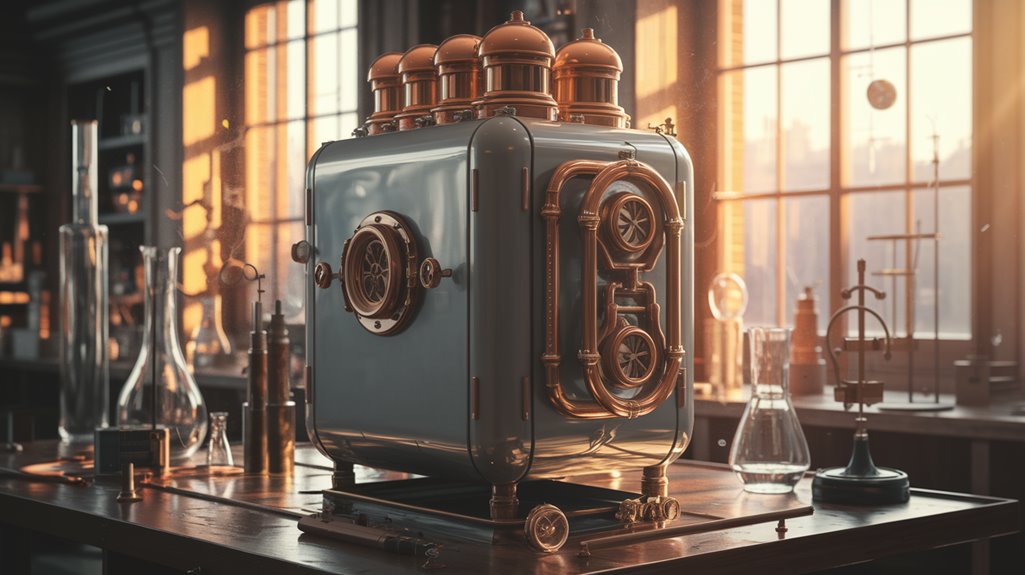
When Einstein and Szilard received their U.S. Patent No. 1,781,541 in 1930, they couldn't have predicted how relevant their refrigeration technology would become today.
While Electrolux purchased the patent, the invention was initially overshadowed by freon-based systems in the 1930s.
Today, you'll find renewed interest in their design, particularly due to its minimal environmental impact.
The prototype developed by McCulloch's team uses pressurized butane gas for cooling.
Engineer Malcolm McCulloch has built a working prototype, adapting the original concept for modern use.
The invention was created after they read about a family that died from toxic gas leakage.
He's exploring solar energy applications and working to improve the system's efficiency by experimenting with different gases.
 variable speed compressors allows these systems to automatically adjust their output based on real-time cooling demands.
variable speed compressors allows these systems to automatically adjust their output based on real-time cooling demands.
Switching to these technologies helps eliminate harmful F-gases while maintaining efficient cooling performance.

